Stories
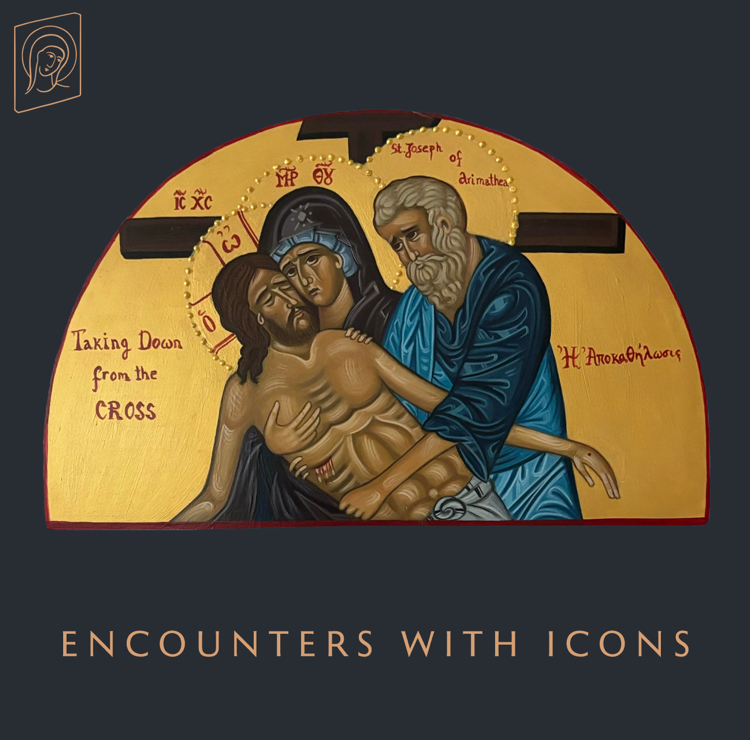
Joseph together with Nicodemus took Thee down from the Tree, who clothest Thyself with light as with a garment. He gazed on Thy Body, dead, naked and unburied, and in grief and tender compassion he lamented: “Woe is me, my sweetest Jesus! A short while ago, the sun beheld Thee hanging on the Cross and it hid itself in darkness. The earth quaked in fear at the sight. The veil of the temple was torn in two. Lo, now I see Thee willingly submit to death for our sake. How shall I bury Thee, O my God? How can I wrap Thee in a shroud? How can I touch Thy most pure body with my hands? What songs can I sing for Thy exodus, O compassionate one? I magnify Thy Passion. I glorify Thy Burial and We magnify You, O Jesus our King.
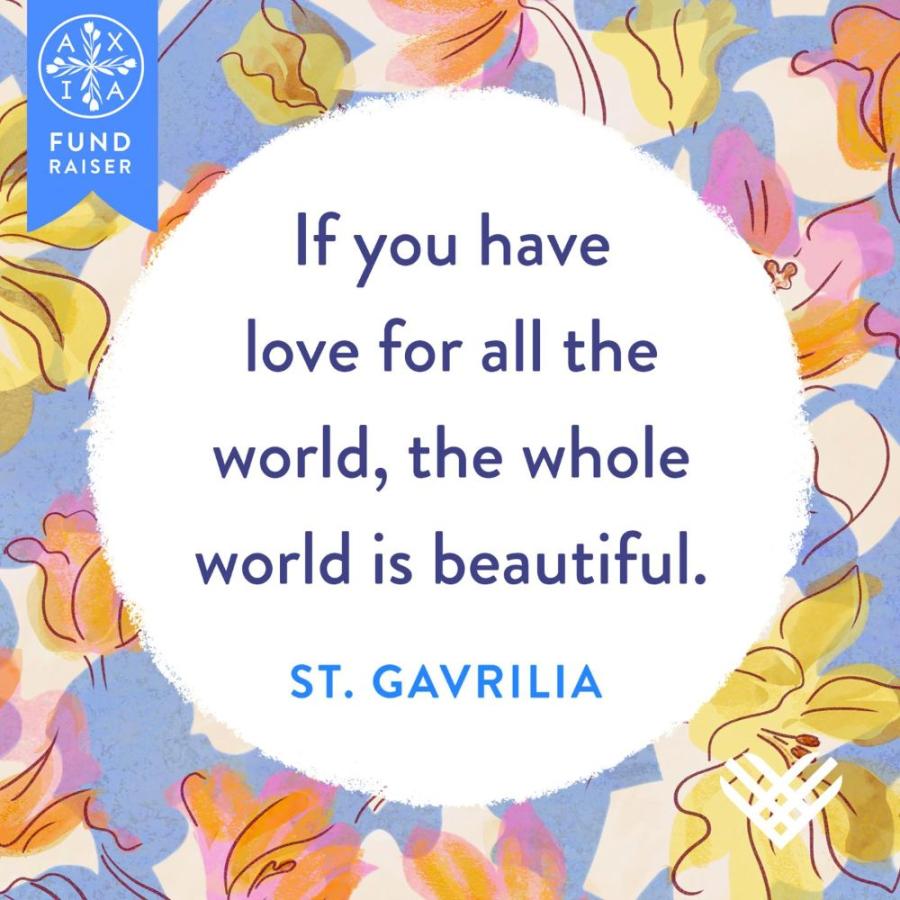
Many who knew Mother Gavrilia say that being in her presence felt like entering a universe where all was beautiful and filled with joy.
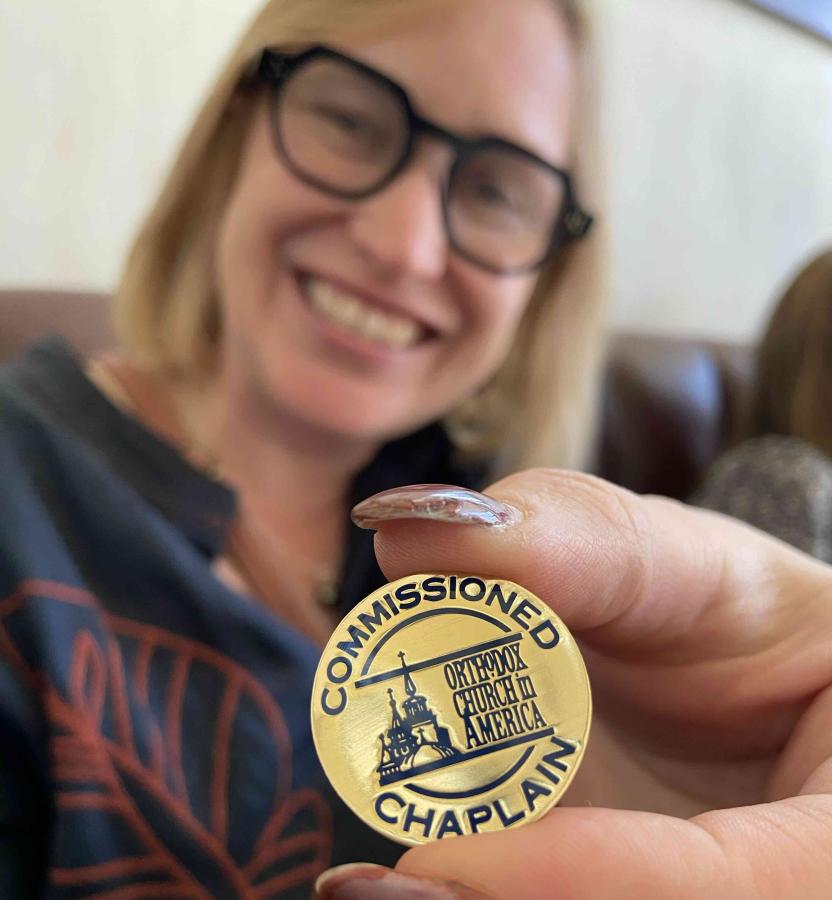
Jenny Schroedel was a recent Woman of the Week! We thought you'd like to see what happens when the Church commissions a chaplain. Jenny was commissioned by Fr. Andrew Morbey at St. Mary's Orthodox Cathedral, in Minneapolis, Minnesota after Liturgy on Sunday October 20. Jenny is also training to become a certified clinical pastoral education (CPE) educator.
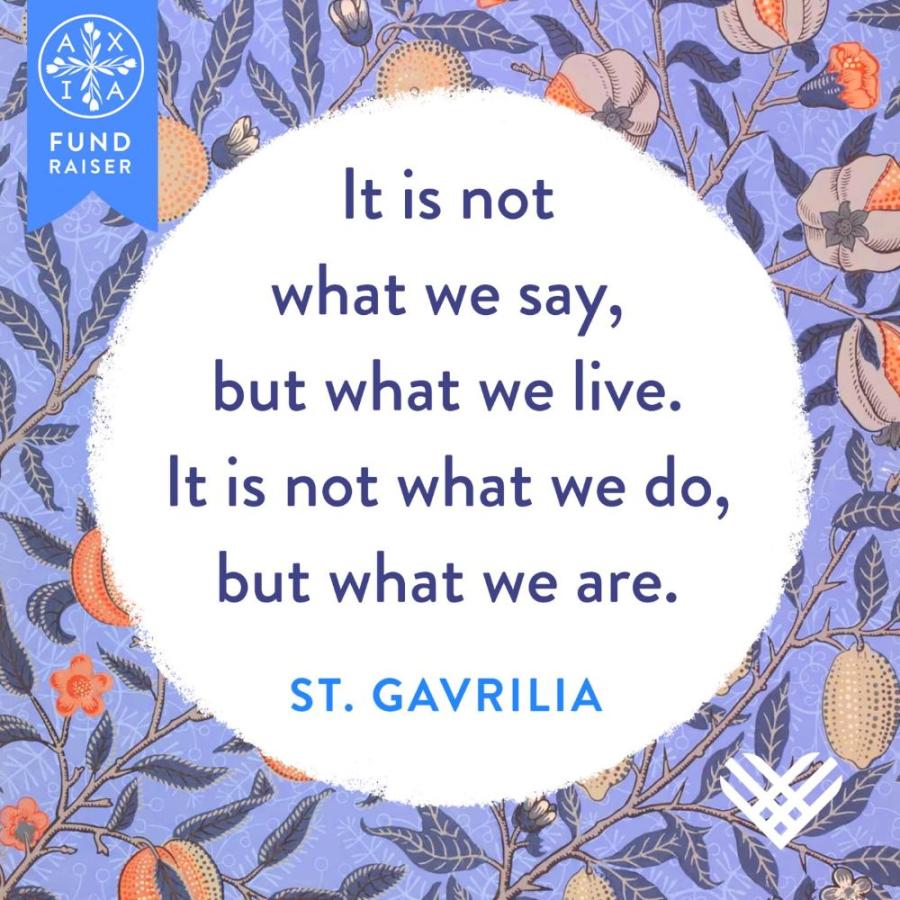
This quote is beautiful because it has two movements - first from our words to our actions, and then from our actions to our deepest selves.
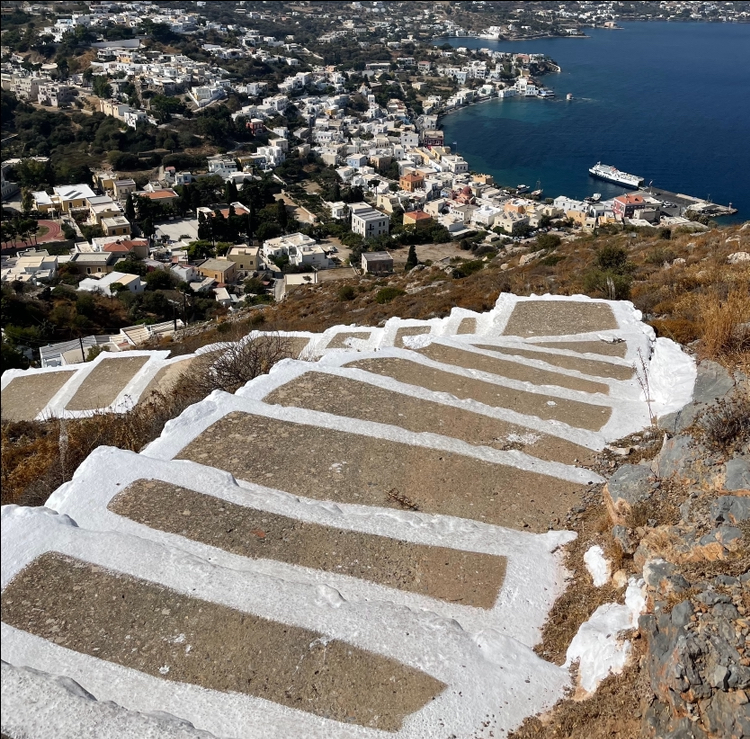
I have been with Axia for five years, since the beginning, and this year has truly been a monumental year of firsts. We received a capacity-building grant from Leadership Education at Duke Divinity that has already started allowing us to scale up with staff in a small but significant way so that we can expand our reach. We held our first in-person retreat, Healing Beauty, and we witnessed the power of bringing women together, even for just one day, to pray, walk and learn together. Even better, in August 2024, I was lucky enough to be the lead from Axia for our first effort to go on pilgrimage together.
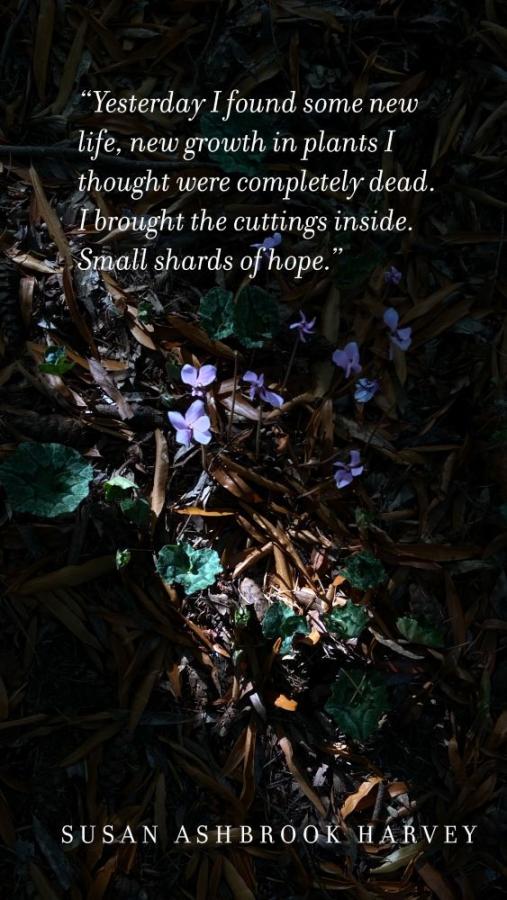
Yesterday I found some new life, new growth in plants I thought were completely dead. I brought the cuttings inside. Small shards of hope. - Susan Ashbrook Harvey
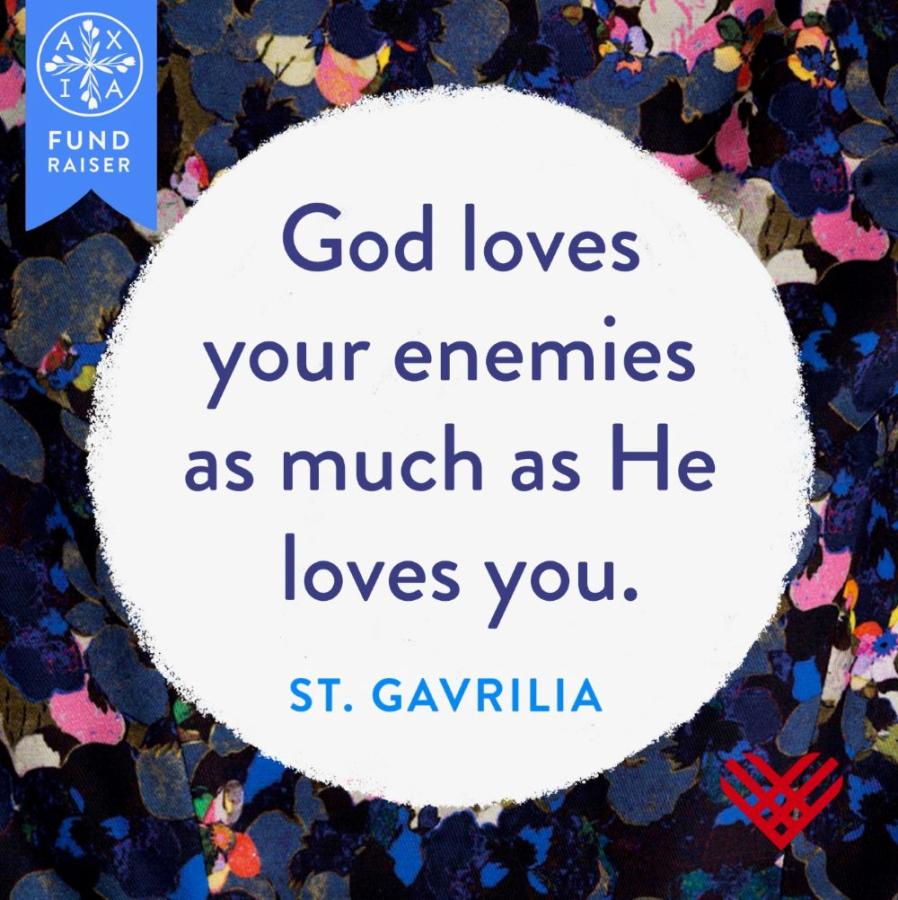
Maybe, like us, you’re looking for an alternative to the never-ending news of polarization and conflict. Perhaps you, too, are wondering: how can we best live as Orthodox women in our world today?
Axia Women exists because we asked the question: What if Orthodox women–present and past–could teach us more about how to truly live into the fullest experience of life, our most real and life-giving selves, and discover Christ within our own hearts?


